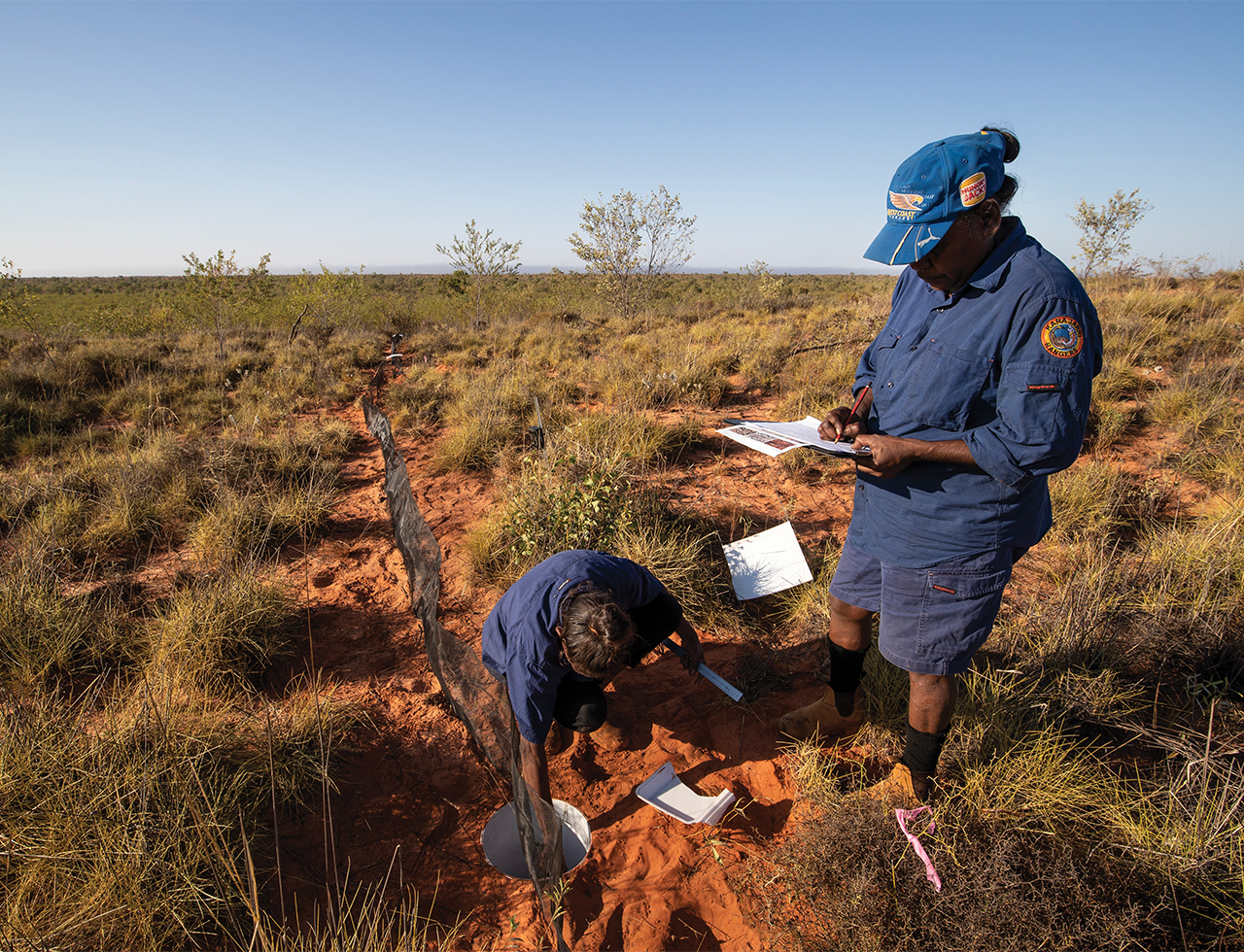
Science to improve monitoring
Tuesday, 07 December 2021 Professor David Lindenmayer,
Professor David Lindenmayer,
The Australian National University
Threatened Species Recovery Hub
Research Director
(Image: J. Walsh)
Monitoring is a fundamentally important part of all aspects of environmental management and the conservation of biodiversity. Good monitoring is the only way to tell if species recovery efforts have been effective and if there has been good return on environmental investments.
Given the critical importance of monitoring, it is perhaps not surprising that a lot of work in the Threatened Species Recovery Hub was dedicated to monitoring. That work included: understanding which species have and have not been monitored; what are the key features of good (and bad) monitoring programs; a framework to support good monitoring programs for threatened species; how monitoring can be tailored in response to major events (such as the 2019–20 wildfires); and ways to boost the involvement of First Nations people in robust monitoring programs.
Working with dozens of partners, we have collectively produced a book and more than 50 peer-reviewed scientific articles, reports and findings factsheets on a wide range of topics that can help improve many aspects of monitoring programs.
Overall, we found that monitoring efforts are limited or absent for the vast majority of threatened animals and plants in Australia. In addition, for those species which are monitored, monitoring programs are poorly designed and unable to provide useful information, such as whether they are responding to management interventions, like fencing, invasive species control, or reduced grazing pressure from domestic livestock.
Innovative new ways need to be found to cement the role of monitoring into all environmental management and biodiversity conservation programs. Some initiatives from the hub have helped point the way for doing this. For example, the development of natural resource accounts is a valuable approach for assembling not only biodiversity data, but also other kinds of information on the value of natural assets. This was done for the wet forests of the Central Highlands of Victoria and the temperate woodlands in the wheat–sheep belt of eastern Australia.
Another initiative which demonstrates additional values of good monitoring data is the Threatened Species Index. The index has proven to be a powerful way in which the data from monitoring programs and other kinds of studies can be harnessed to tell us about broad trends in biodiversity.
The hub has delivered ground-breaking research that can be used to underpin greatly improved threatened species monitoring in Australia. Implementing these innovations can support improved threatened species management, and reductions in resources wasted on ineffective management actions.
Some of our innovations can be implemented within existing resources, but nationally there is also a need for much greater effort and funding to increase the quality and number of species monitored. Indeed, work led by the hub has indicated that spending on threatened species conservation in Australia is only 10% of what is needed to arrest species declines and extinctions. Funding for monitoring is a key part of this spending shortfall to save the nation’s biodiversity.
Species, ecological communities and ecosystems in Australia can be well managed and their conservation secured – but appropriate levels of funding, including funding for good monitoring, will be critical to achieving that goal. Levels of government spending reflect government priorities. Ensuring that funding levels match the scale of conservation problems will be fundamental to whether or not Australia conserves its natural heritage or whether much of it goes the way of the Tasmanian tiger and the 10% of the nation’s mammals lost since European arrival.
Professor David Lindenmayer
Top image: Karajarri Rangers checking pitfall traps during a fauna survey on their desert Country. Image: Nicolas Rakotopare